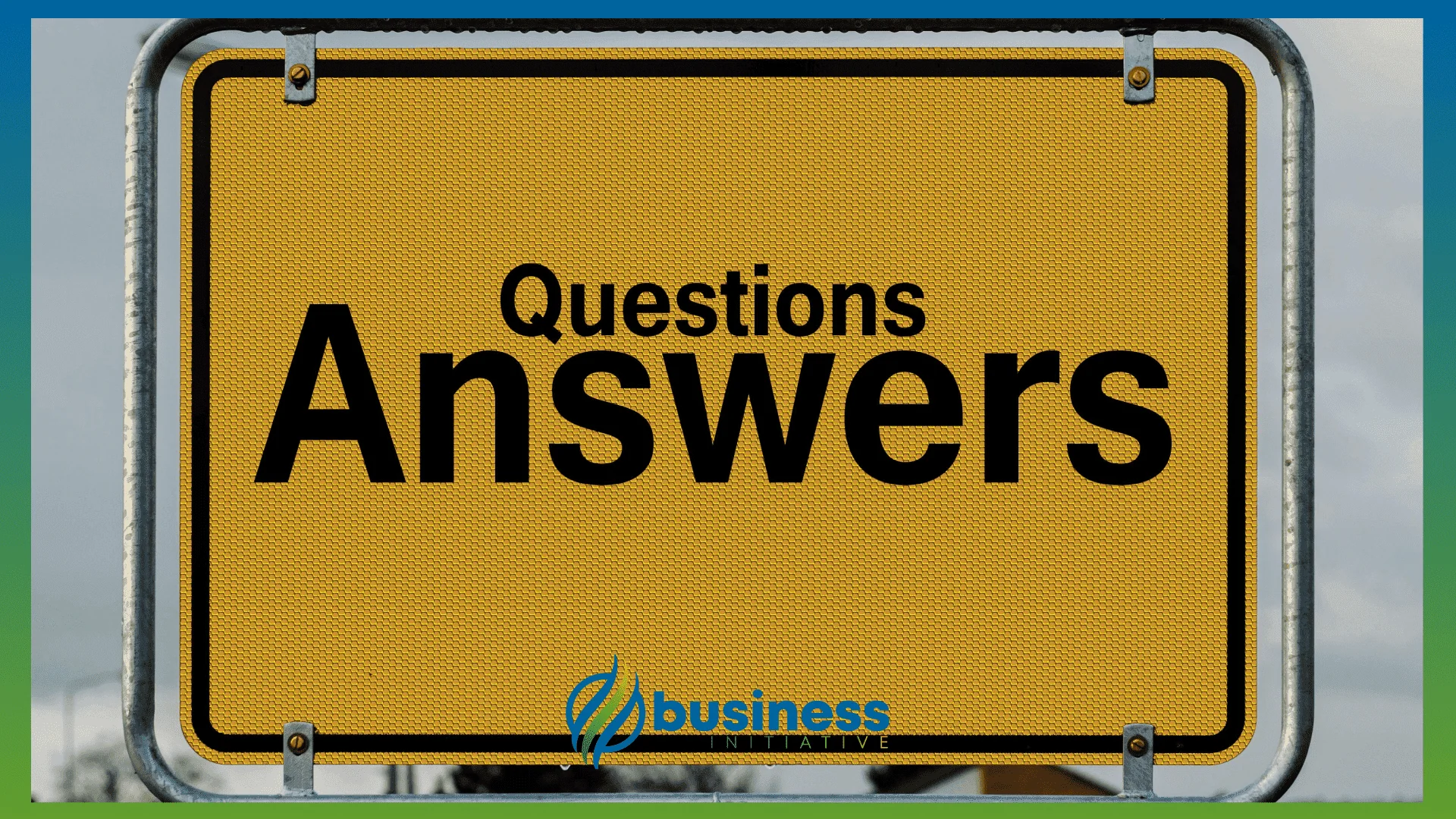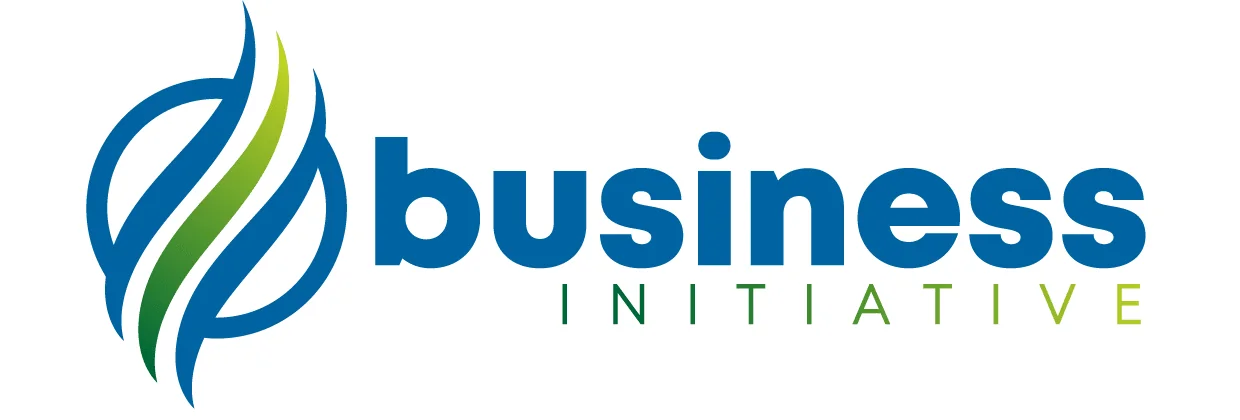Determining the right amount of funding to raise is critical for startup success and investor relations. Asking for too little leaves you undercapitalized and vulnerable, while requesting too much can signal poor planning or result in excessive dilution that hampers future fundraising rounds.
Whether you’re preparing for your first seed round, planning a Series A, or considering bridge financing, accurate funding calculations ensure you raise sufficient capital to achieve key milestones while maintaining attractive unit economics and preserving founder equity for future growth.
Our comprehensive funding need calculator not only determines your capital requirements but also provides strategic insights into fundraising timing, milestone planning, and investor positioning to help you secure the right amount of funding at optimal terms.
 Table of Contents
Table of Contents
 Key Takeaways
Key Takeaways
- Calculate precise funding requirements
- Plan optimal fundraising timing
- Align funding with key milestones
- Minimize dilution while ensuring runway
- Prepare compelling investor presentations
How to Use This Calculator
Simply enter your monthly burn rate, desired runway, and current cash balance to determine exactly how much funding you need to raise.
What to Include:
- Monthly Burn Rate: Your net monthly cash consumption (expenses minus revenue)
- Desired Runway: How many months you want to operate (typically 12-24 months)
- Current Cash Balance: Your existing cash reserves and available funds
Interpreting Your Results:
- Funding Needed: Additional capital required to achieve your runway target
- Alternative Scenarios: Different funding amounts for various runway lengths
- Critical Alerts: Warnings if your current runway is dangerously short
- Fundraising Recommendations: Strategic advice based on your situation
The calculator also provides a detailed breakdown of your funding requirements and suggests optimal fundraising timing to ensure you secure capital before running out of cash.
Quick Reference: Funding Rounds by Stage
| Funding Stage | Typical Amount | Runway Target | Key Milestones |
|---|---|---|---|
| Pre-Seed | $50K - $500K | 6-12 months | MVP, initial traction |
| Seed | $500K - $3M | 12-18 months | Product-market fit, growth metrics |
| Series A | $2M - $15M | 18-24 months | Scalable business model, clear path to profitability |
| Series B+ | $10M - $50M+ | 24+ months | Market expansion, operational efficiency |
Funding Need Calculator
Funding Breakdown
Alternative Runway Scenarios
Fundraising Recommendations
Understanding Funding Requirements
The funding need calculator helps you determine exactly how much capital to raise based on your burn rate and desired operational runway.
Key Components:
- Monthly Burn Rate: Your net monthly cash consumption
- Desired Runway: How many months you want to operate
- Current Balance: Your existing cash reserves
- Buffer: Additional funds for unexpected expenses
Optimal Runway Guidelines:
- 12-18 months: Standard for early-stage startups
- 18-24 months: Comfortable runway for growth
- 24+ months: Extended runway for major milestones
- Less than 12 months: Risky, increases fundraising pressure
Fundraising Timeline:
- 18+ months runway: Plan fundraising strategy
- 12-18 months: Begin preparation and outreach
- 6-12 months: Active fundraising mode
- Less than 6 months: Emergency fundraising
Best Practices:
- Add 20% Buffer: Account for unexpected expenses
- Consider Milestones: Align runway with key business goals
- Market Conditions: Adjust for current fundraising environment
- Growth Plans: Factor in scaling costs and hiring needs
Fundraising Strategy Development
Stage-Specific Funding Approaches
Pre-Seed and Seed Funding
- Focus on proving product-market fit and initial traction
- Typical funding range: $100K - $2M depending on market and business model
- Target 12-18 months of runway to achieve Series A readiness
- Emphasize team capabilities, market opportunity, and early customer validation
Series A Funding
- Demonstrate scalable business model with consistent growth metrics
- Typical funding range: $2M - $15M for most B2B and B2C businesses
- Target 18-24 months of runway to achieve Series B milestones
- Focus on unit economics, market expansion, and sustainable competitive advantages
Series B and Beyond
- Prove market leadership and path to profitability or exit
- Funding amounts vary widely based on industry and growth trajectory
- Emphasize operational efficiency, market expansion, and strategic initiatives
- Consider strategic investors and alternative funding sources
Milestone-Based Funding Planning
Product Development Milestones
- Beta launch and initial customer feedback incorporation
- Product-market fit achievement with measurable customer satisfaction
- Feature development completion for competitive differentiation
- Technical scalability improvements and infrastructure investments
Market Traction Milestones
- Customer acquisition goals and retention rate improvements
- Revenue growth targets and recurring revenue establishment
- Market expansion into new segments or geographic regions
- Partnership development and channel establishment
Operational Milestones
- Key team member hiring and organizational structure development
- Process optimization and operational efficiency improvements
- Technology platform scalability and automation implementation
- Regulatory compliance and industry certification achievement
Valuation Considerations
Pre-Money vs. Post-Money Valuation
- Pre-money valuation: Company value before investment
- Post-money valuation: Company value after investment (pre-money + investment)
- Dilution percentage: Investment amount ÷ post-money valuation
- Understand valuation impact on founder and employee equity ownership
Valuation Methodologies
- Comparable company analysis using industry multiples
- Discounted cash flow analysis for revenue-generating businesses
- Risk-adjusted net present value for early-stage companies
- Market-based valuations considering recent funding rounds in similar companies
Factors Affecting Valuation
- Market size and growth potential for your specific industry
- Competitive positioning and sustainable competitive advantages
- Management team experience and track record of execution
- Revenue growth rate, customer retention, and unit economics
- Market conditions and investor sentiment toward your sector
Investor Relations and Preparation
Due Diligence Preparation
Financial Documentation
- Clean financial statements with professional accounting support
- Detailed budget forecasts and scenario planning models
- Customer acquisition cost and lifetime value analysis
- Working capital requirements and cash flow projections
Legal and Corporate Structure
- Proper corporate formation with clean cap table documentation
- Intellectual property protection and filing status
- Employee agreements, equity plans, and contractor relationships
- Customer and vendor contracts with clear terms and conditions
Business Metrics and KPIs
- Customer acquisition and retention metrics with cohort analysis
- Product usage statistics and engagement measurements
- Sales funnel conversion rates and pipeline analysis
- Operational efficiency metrics and performance benchmarks
Investor Communication Strategy
Pitch Deck Development
- Problem definition with clear market validation
- Solution presentation with competitive differentiation
- Business model explanation with revenue stream clarity
- Financial projections with realistic growth assumptions
- Team introduction highlighting relevant experience and expertise
Data Room Organization
- Organized document structure for efficient investor review
- Executive summaries for complex documents and analyses
- Regular updates reflecting current business performance
- Transparent disclosure of risks and mitigation strategies
Ongoing Investor Relations
- Regular performance updates with key metric reporting
- Proactive communication about challenges and solutions
- Strategic advice requests leveraging investor expertise
- Board meeting preparation and governance best practices
Alternative Funding Sources
Revenue-Based Financing
- Funding based on percentage of future revenue
- Lower dilution alternative for revenue-generating businesses
- Flexible repayment terms aligned with business performance
- Suitable for businesses with predictable revenue streams
Debt Financing Options
- Traditional bank loans for established businesses with assets
- Equipment financing for businesses requiring specific machinery
- Lines of credit for working capital and short-term funding needs
- Government-backed loans and small business administration programs
Grant and Non-Dilutive Funding
- Industry-specific grants for research and development
- Government programs supporting innovation and job creation
- Accelerator programs offering funding and mentorship
- Competition prizes and innovation challenges
Market Timing and Economic Considerations
Fundraising Environment Analysis
Bull Market Characteristics
- Higher valuations and increased investor appetite
- Faster fundraising processes with multiple term sheet options
- Increased competition for top deals requiring strong metrics
- Risk of overfunding and inflated expectations
Bear Market Strategies
- Extended fundraising timelines requiring earlier preparation
- More conservative valuations and increased due diligence
- Focus on capital efficiency and path to profitability
- Strategic investor relationships and warm introductions
Industry-Specific Cycles
- Technology sector fundraising trends and investor focus areas
- Healthcare and biotech funding patterns and regulatory considerations
- Consumer products seasonal patterns and market preferences
- B2B software investor criteria and growth expectations
Economic Factor Impact
Interest Rate Environment
- Higher rates reduce investor risk appetite for early-stage deals
- Lower rates increase venture capital availability and valuations
- Impact on customer spending and revenue growth projections
- Consider debt financing attractiveness relative to equity
Market Volatility Effects
- Public market performance affects private company valuations
- Economic uncertainty extends fundraising timelines
- Investor portfolio performance impacts available capital
- Focus on defensive business models during volatile periods
Regulatory Environment
- Tax policy changes affecting investor returns and structure
- Industry-specific regulation impacting business models
- International trade policies affecting global expansion plans
- Privacy and data protection requirements increasing compliance costs
Capital Efficiency and Optimization
Burn Rate Management
Fixed Cost Optimization
- Office space and facility cost management strategies
- Technology infrastructure and software subscription optimization
- Administrative expense reduction without compromising operations
- Insurance and professional services cost comparison and negotiation
Variable Cost Control
- Marketing spend efficiency and customer acquisition cost optimization
- Sales team compensation structures aligned with performance
- Project-based expense management and approval processes
- Vendor payment terms negotiation for improved cash flow
Resource Allocation Strategies
- Hiring plans balanced with revenue growth projections
- Technology investments prioritized by revenue impact
- Marketing channel allocation based on return on investment
- Product development resource allocation for maximum market impact
Runway Extension Techniques
Revenue Acceleration
- Sales process optimization and conversion rate improvement
- Pricing strategy adjustments and value-based pricing implementation
- Upselling and cross-selling programs for existing customers
- Partnership development for revenue sharing and referral programs
Operational Efficiency
- Process automation reducing manual labor requirements
- Technology platform consolidation and integration
- Remote work policies reducing facility and overhead costs
- Outsourcing non-core functions to reduce fixed costs
Strategic Cost Reduction
- Non-essential expense elimination without affecting growth
- Vendor consolidation for volume discounts and better terms
- Energy efficiency improvements reducing utility costs
- Professional services optimization and in-house capability development
Need help developing your funding strategy and preparing for successful fundraising? Schedule a consultation with our fundraising experts at Business Initiative to optimize your funding approach and improve your chances of success.
Stay informed about business strategies and tools by following us on X (Twitter) and subscribing to our newsletter.
FAQs - Frequently Asked Questions About Funding Needs

How much funding should I raise for my startup?
Raise enough to achieve 12-18 months of runway plus reach key milestones that will enable your next funding round. Include a 20% buffer for unexpected expenses and opportunities.
Learn More...
Funding amount depends on your current burn rate, desired runway, and strategic milestones. Most successful startups maintain 12-18 months of runway, providing adequate time to achieve growth targets while allowing 3-6 months for the next fundraising process. Calculate: (Monthly Burn Rate × Desired Runway Months) - Current Cash Balance.
Consider milestone-based funding that aligns with investor expectations and business development stages. Seed rounds typically target product-market fit and initial traction, Series A focuses on scalable growth metrics, and later rounds emphasize market expansion and path to profitability. Fund to clear, measurable achievement points.
Add 20-30% buffer above calculated needs for unexpected expenses, strategic opportunities, or market changes. This buffer provides flexibility for hiring key talent, unexpected marketing opportunities, technology investments, or longer-than-expected development cycles. Conservative planning reduces emergency fundraising pressure.
When should I start raising my next funding round?
Begin fundraising when you have 6-9 months of runway remaining, allowing 3-6 months for the process plus buffer time. Never wait until you have less than 6 months of cash left.
Learn More...
Fundraising timelines vary by stage and market conditions. Seed rounds typically require 2-4 months from initial outreach to closing, while Series A can take 4-6 months due to extensive due diligence. Start early enough to avoid pressure and maintain negotiating leverage from a position of strength.
Market conditions significantly impact fundraising duration. During challenging markets, processes take 50-100% longer than normal due to increased investor scrutiny, higher rejection rates, and more complex term negotiations. Plan accordingly and start earlier during uncertain economic periods.
Optimal timing balances runway preservation with milestone achievement. Start too early and you may lack compelling metrics; start too late and you risk emergency fundraising with unfavorable terms. Track progress toward fundraising milestones and begin preparation 2-3 months before active outreach.
Should I raise more funding than I immediately need?
Raising slightly more than immediate needs (10-20% extra) provides flexibility, but excessive overfunding can lead to valuation problems and dilution issues in future rounds.
Learn More...
Modest overfunding (10-20% above calculated needs) provides strategic flexibility for unexpected opportunities: key hires, strategic partnerships, technology investments, or market expansion opportunities. This buffer also protects against revenue shortfalls or longer development cycles.
Excessive overfunding can create future problems: inflated valuations that are difficult to maintain, investor expectations for faster growth, increased dilution reducing founder motivation, and 'lifestyle business' concerns where urgency decreases due to abundant capital.
Consider market timing and future funding availability when deciding funding amounts. During favorable markets, moderate overfunding may be wise; during challenging periods, focus on extending runway efficiently while preserving equity for when markets improve and valuations recover.
How do I determine the right runway length for my business?
Target 12-18 months for most startups, adjusting based on your business model, development cycles, revenue predictability, and time needed to achieve next funding milestones.
Learn More...
Business model considerations affect optimal runway: SaaS companies with predictable revenue may operate with shorter runways (12-15 months), while hardware companies with longer development cycles need extended runway (18-24 months). B2B businesses with longer sales cycles require more time than B2C with faster customer acquisition.
Development and milestone timing influences runway needs: companies approaching major product launches, regulatory approvals, or market expansions need adequate buffer time. Consider seasonal factors, customer buying cycles, and industry-specific timing when planning runway length.
Market conditions and investor sentiment affect fundraising difficulty and duration. During favorable markets, shorter runways may be acceptable; during downturns, longer runways provide safety and negotiating power. Monitor industry fundraising trends and economic indicators when planning.
What factors do investors consider when evaluating funding requests?
Investors evaluate the reasonableness of your funding request based on milestone achievement plans, capital efficiency, market opportunity size, team execution capability, and competitive landscape dynamics.
Learn More...
Milestone credibility and achievability are primary factors: investors want to see realistic plans for using capital to reach measurable milestones that will justify higher valuations in future rounds. Present detailed budgets, hiring plans, marketing strategies, and development timelines with clear success metrics.
Capital efficiency demonstrates management capability: investors compare your funding needs to similar companies and evaluate whether you can achieve milestones with reasonable capital requirements. Show understanding of unit economics, customer acquisition costs, and operational efficiency improvements.
Market opportunity and competitive positioning influence funding decisions: larger markets justify higher funding amounts, while competitive threats may require more aggressive investment. Demonstrate market size, growth potential, and your competitive advantages that capital will help you capture.
How do I avoid raising too little or too much funding?
Create detailed financial models with scenario planning, benchmark against similar companies, and focus on milestone-based funding that balances adequate runway with reasonable dilution levels.
Learn More...
Develop comprehensive financial models with multiple scenarios: conservative, base case, and optimistic projections for revenue, expenses, and milestone timing. Test sensitivity to key assumptions and plan for potential delays or accelerated growth. This modeling helps determine optimal funding amounts.
Benchmark against industry standards and similar companies: research funding amounts for companies at similar stages, business models, and markets. Industry reports, accelerator data, and public fundraising announcements provide context for reasonable funding requests.
Focus on milestone-driven funding that creates clear value inflection points: raise enough to reach milestones that will justify 2-3x valuation increases in future rounds. This approach balances adequate capital with equity preservation and provides clear success metrics for investors.
How does market timing affect funding decisions?
Market conditions significantly impact fundraising success, timelines, and valuation levels. Adjust funding strategies based on current investor sentiment, economic conditions, and industry-specific trends.
Learn More...
Bull markets typically feature faster fundraising, higher valuations, and increased investor appetite for risk, allowing companies to raise larger amounts with less traction. However, these conditions can lead to overfunding and inflated expectations that become problematic during market corrections.
Bear markets require longer fundraising timelines, more conservative valuations, and stronger metrics for investor interest. Companies may need to accept smaller funding amounts, focus on capital efficiency, and extend runway through operational improvements rather than external funding.
Industry-specific cycles affect funding availability: certain sectors may be hot while others are cold, regardless of overall market conditions. Monitor investor interest in your specific industry, recent funding announcements, and sector-specific trends when planning fundraising timing and strategies.
What's the relationship between funding amount and equity dilution?
Funding amount and valuation determine dilution percentage. Higher funding at lower valuations increases dilution, while efficient capital use and strong milestones help maintain favorable valuation-to-funding ratios.
Learn More...
Dilution calculation is straightforward: (Funding Amount ÷ Post-Money Valuation) × 100 = Dilution Percentage. For example, raising $2M at a $10M post-money valuation results in 20% dilution. Understanding this relationship helps balance funding needs with equity preservation goals.
Efficient capital use and milestone achievement help maintain favorable dilution levels: companies that can achieve significant progress with modest capital often receive higher valuations, reducing dilution for any given funding amount. Focus on capital efficiency and clear value creation.
Consider cumulative dilution across multiple rounds: each funding round dilutes all previous shareholders, so plan long-term equity ownership through multiple fundraising cycles. Model founder ownership through Series A, B, and potential exit scenarios to ensure adequate incentive alignment.


